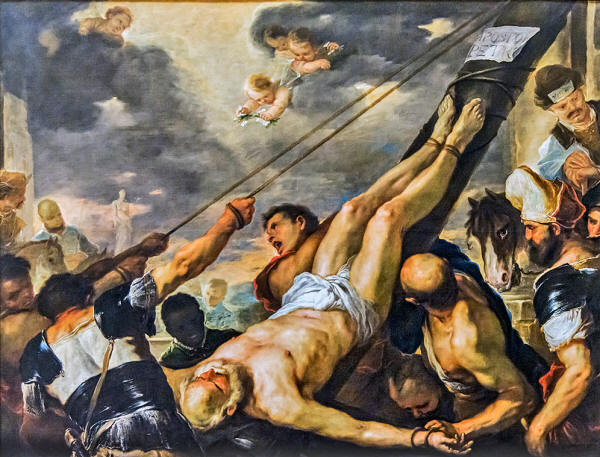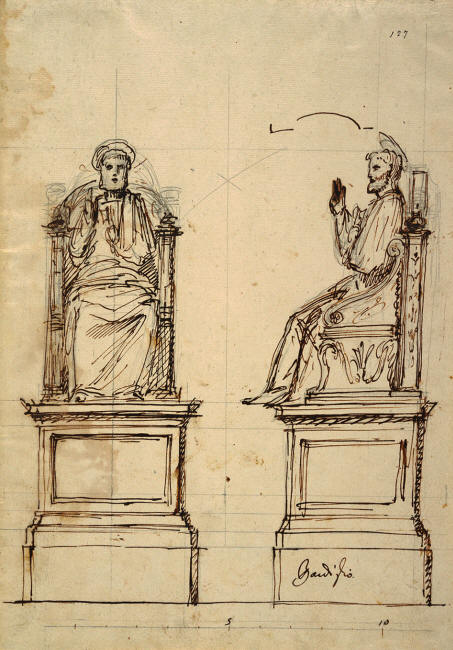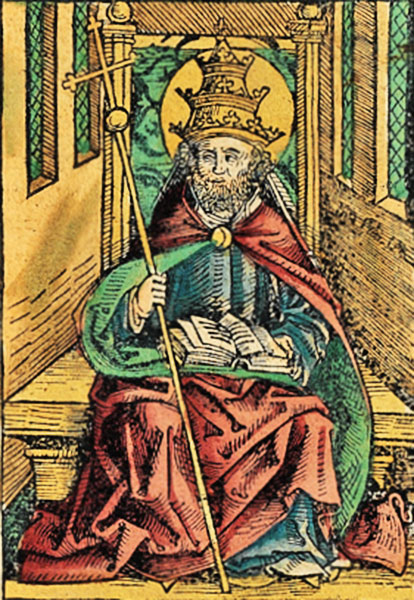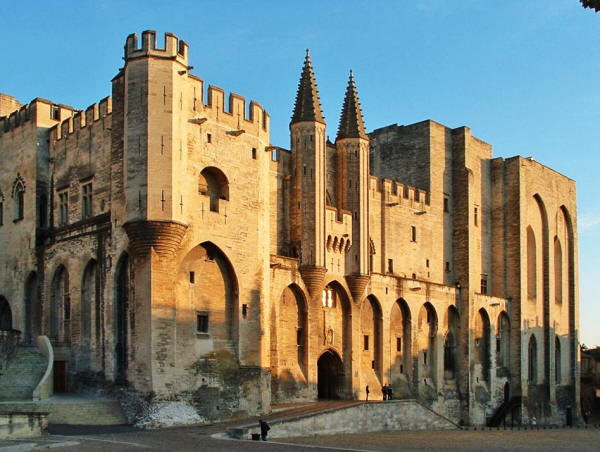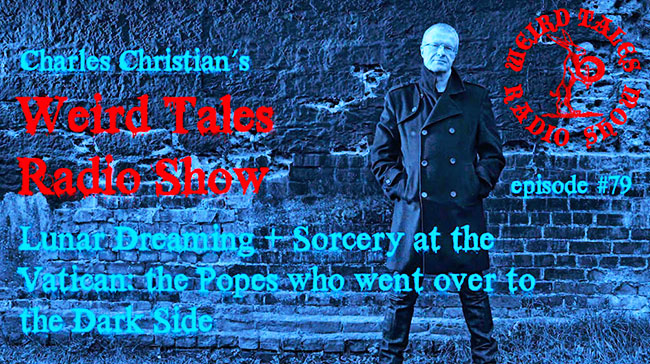|
from Ancient-Origins Website
Crucifixion of Saint Peter by Luca Giordano, Gallerie dell'Accademia in Venice (circa 1660) (Public Domain)
However historically
there is a tradition that far from representing all that is good and
holy in the
Roman Catholic Church, some popes
were actually practicing sorcerers who had called upon
dark forces to help them ascend the Throne of St
Peter. Drawing, Design for a Marble Throne for the Statue of St. Peter,
St. Peter's, Rome, 1754. (Public Domain)
For example, for the best part of 1,000 years - and only ending in 1870 with the Reunification of Italy - the Papacy was also a significant temporal power ruling a large part of the Italian Peninsular.
And, before that, the
popes spent several hundred years embroiled in doctrinal disputes
within the Christian Church, deciding which were orthodox teachings
and which were unorthodox heresies.
Saint Peter portrayed as a Pope in the Nuremberg Chronicle (1493)
(Public Domain)
These disputes were sometimes so onerous that disaffected groups of cardinals would elect rival popes (known as antipopes) with some living in Rome and others in Avignon.
In fact, at one point in
the early 15th century there were actually three
separate popes and antipopes all
simultaneously claiming to be the head of the Catholic Church. Façade of the Palace of the Popes in Avignon.
(CC
BY-SA 2.0)
Additional Information
Lunar Dreaming and Sorcery at the Vatican
|



